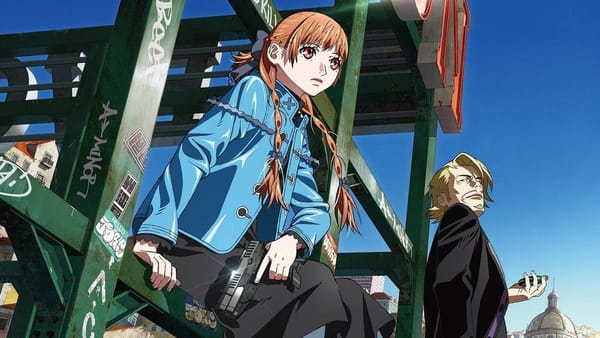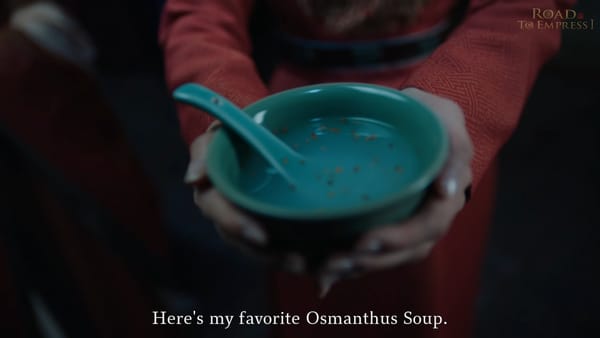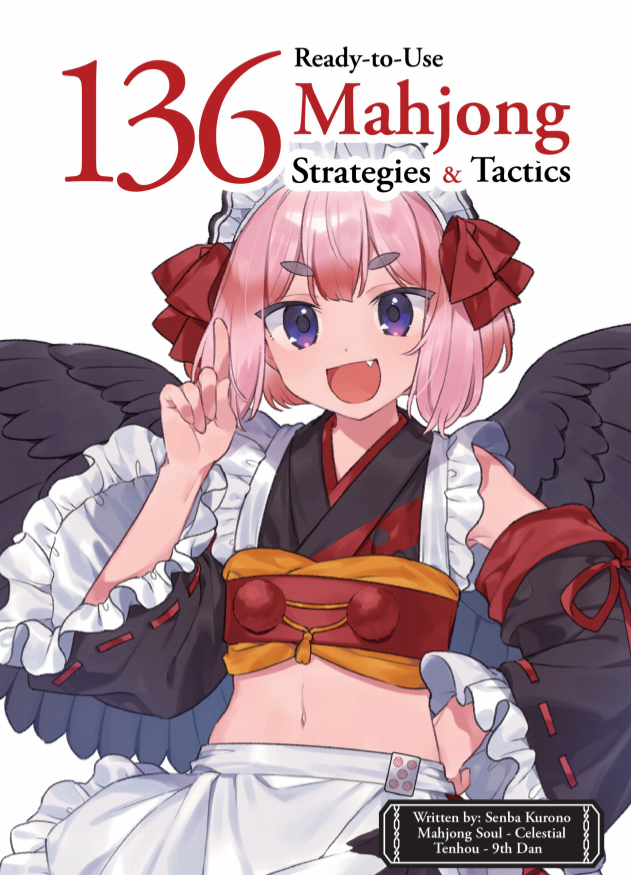Suzume is a road trip movie where a chair watches his girlfriend talk to other women
tfw when bf is chair
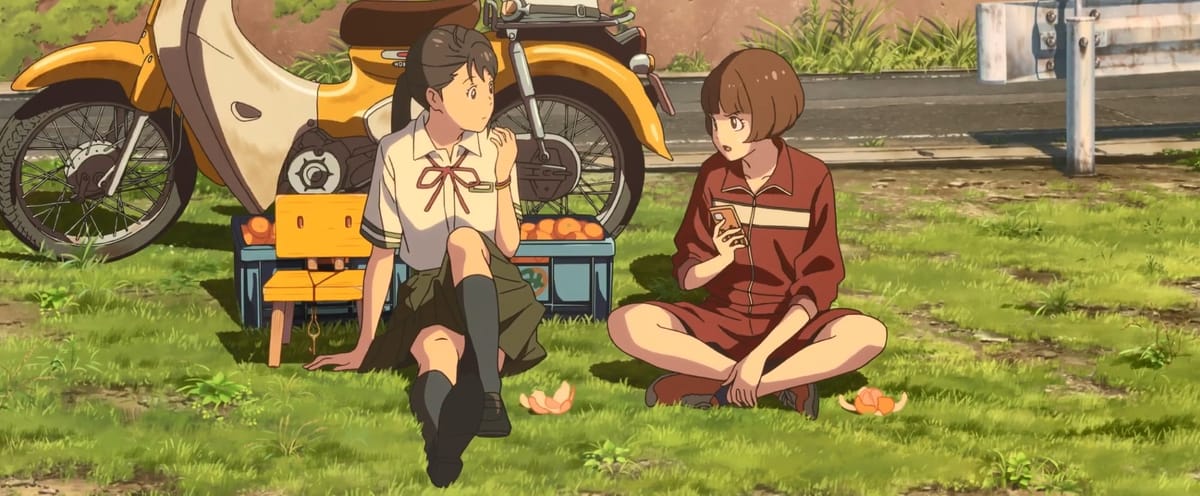
On my second viewing of Makoto Shinkai’s Suzume at a cheap weekday matinee, I could not get this interview clip with the director out of my head. Shinkai tells the interviewer that originally he had conceived of a “sisterhood type of romantic story”— this sounds a lot to me like the chaste romance of Marimite, recently parodied in Yuri Is My Job— but that producers stepped in and told him no, no, you need to go to the same well again because Your Name made more money than God and nobody’s sick of your straight romances yet. Which, you know, is kind of a bummer to drop an interview on.
But the first time I read that interview, it made some parts of the film stand out even more than they had before. It was enough to make me want to go over the whole movie again. Maybe I’d understand some of the more awkward plot points better.
Two viewings of Suzume later, I am pretty sure that the stuff in the story that didn’t make sense to me just doesn’t make sense, and maybe some of that is okay. But I am really happy I went to see it again and I am all the more appreciative of Chika, the orange girl.

Suzume is a road trip movie, in which the titular character crosses Japan in the long shadow of the 3/11 earthquakes.
A necessary aside: It’s really important to understanding this movie that you are at least aware that the 3/11 earthquakes happened (here’s a documentary, warning: intense), that they destroyed neighborhoods and killed and displaced people on a massive scale. A Japanese audience needs no prodding or reminders; it’s like reminding Americans of 9/11. But the film doesn’t specifically point to 3/11 until its last moments, and you are— reasonably— expected to know the major national trauma lurking in the background of every scene.
In the mythology of the film, we find out that disasters such as 3/11 are caused by a destructive spiritual force beneath Japan that has to be sealed to keep a balance, lest it run wild. Suzume touches the wrong rock, and this leads her and her new boyfriend— who is quickly and abruptly transformed into a tiny chair, largely because it’s cute— to travel the country to avert disaster and restore the spiritual balance. Suzume is a child of the 3/11 disaster, and this mission has deep personal ties that she’s not fully aware of.
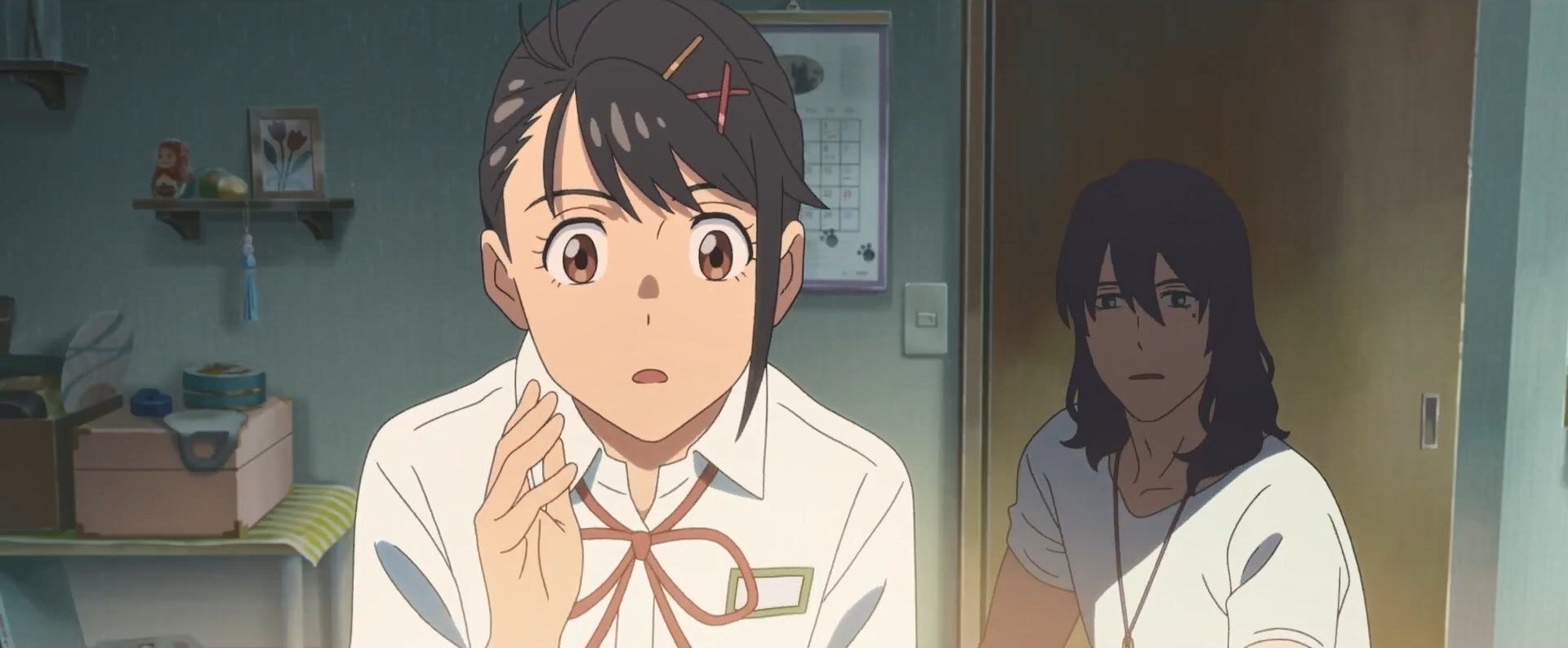
Turning Suzume’s new college-boy crush into mascot furniture has a very important function in the film, one that makes more sense when you realize Shinkai was getting tired of “boy meets girl” and wanted to focus on female relationships: it gets the boy off the screen.
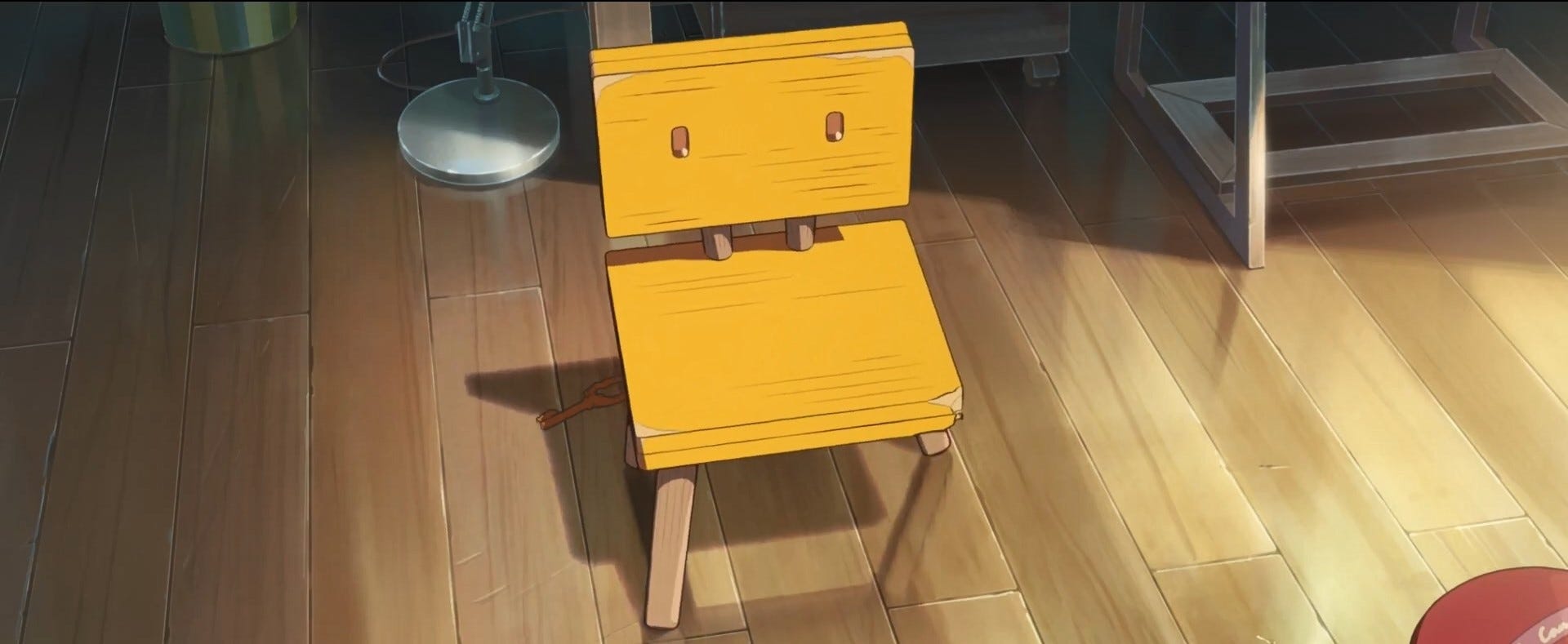
Though Sota can run his three little chair legs and jump like Mario, he needs to behave as an inanimate object most of the time to avoid causing a panic. So when our heroes are not battling a giant spirit worm, Suzume is the one interacting with people and Sota is a passive observer. They flirt a bit— “can I step on you?” happens — but mostly, Sota watches.
And the parts of the film where Sota is watching happen to be its most endearing. Suzume first stops off in Shikoku, where she stays at a traditional Japanese family-run inn with the daughter who finds her. Watching Suzume make fast friends with Chika while working at the inn feels like seeing the “sisterhood” left over in this movie from Shinkai’s original idea. I can see a movie where it’s just these two crossing the country on a bike, really.
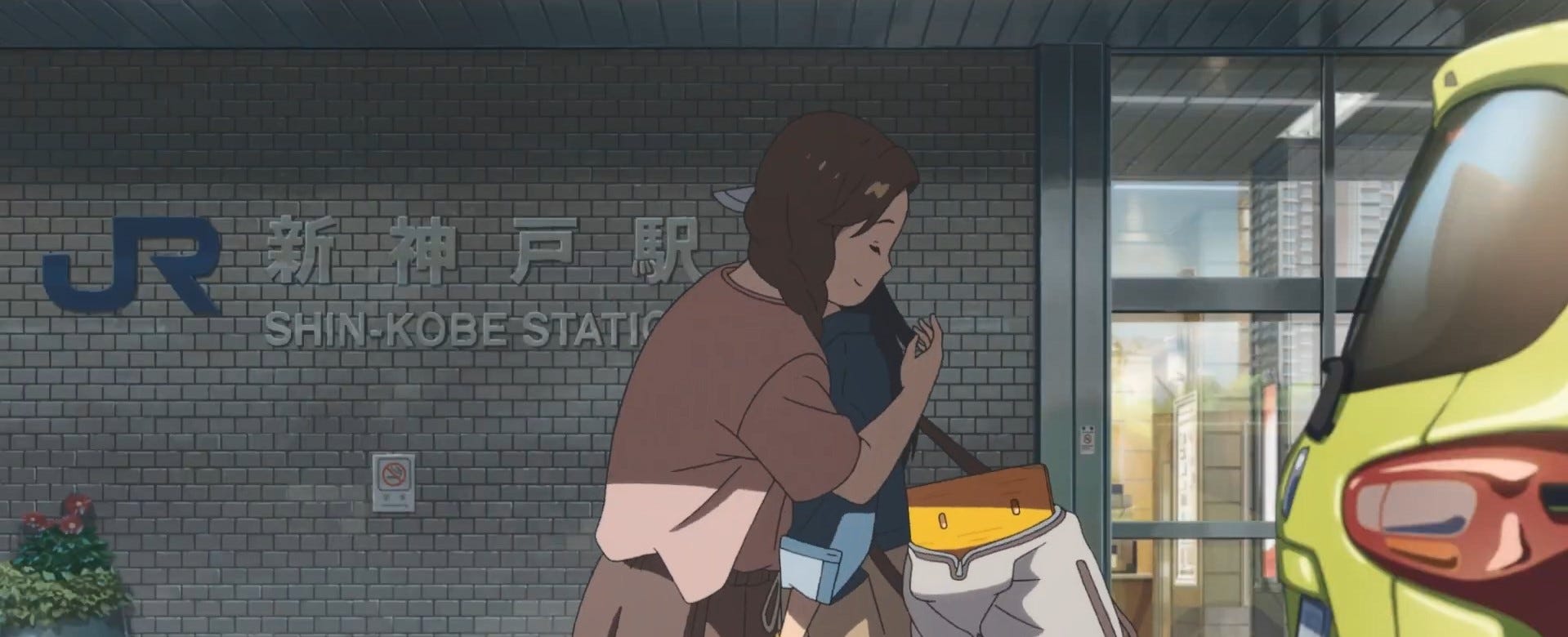
Next she heads to Kobe and gets picked up by a busy mom who’s raising two kids by day and running a karaoke bar with her sister by night. Again, Sota the chair waits and watches while Suzume gets to connect with other women; watching these three share an after-work dinner in the dead of the night— as Suzume sits on the chair, a teasing smirk on her face— is another highlight.1
There’s a whole second part to the movie past this point: Suzume and Sota work out their relationship, Suzume unravels her deepest inner trauma, and the kids save Tokyo from an apocalyptic earthquake.
But if you’ve seen Shinkai’s films from Your Name onward, you know that he’s got a very specific two-act structure where the second act gets kind of bogged down in explaining and resolving itself. So it is here. The second leg of Suzume’s journey doesn’t want to bring things to a total stop explaining itself, nor does it want to break the road trip vibes, so rather a bunch of stuff happens very fast, you don’t really understand why, and it’s kind of in the way. There is a scene in a highway rest stop so muddled that I could feel my enthusiasm for the rest of the movie deflate a bit.2
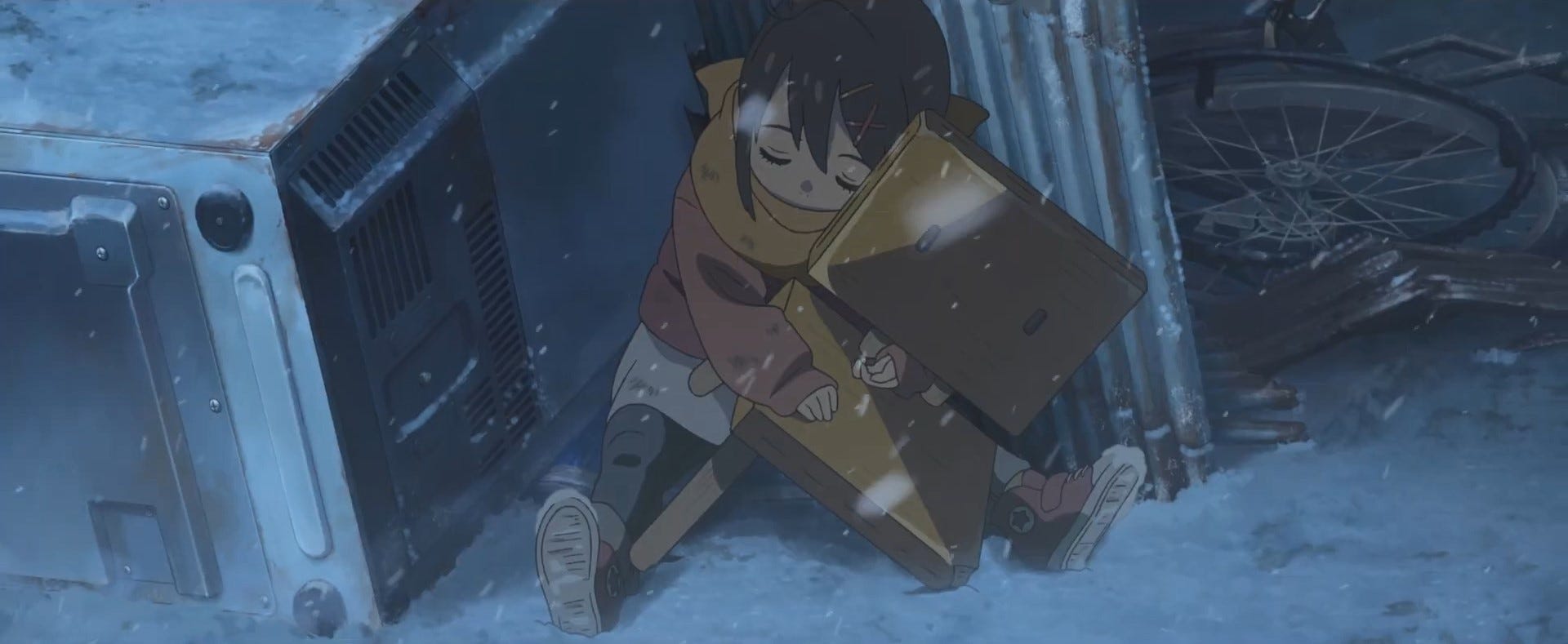
But far from the disappointment of Weathering With You, Suzume left me satisfied, even more so the second time. It gave me images that really stuck with me. Baby Suzume crying for mom. The view of Atami as Suzume rides the bullet train. The old-gods vibes of the closing ritual. But mostly I will think of Suzume and Chika the orange girl, laughing together about Chika’s ex-boyfriend. He’s an idiot, I’m told.
Quite on purpose, this movie is a powerful ad for tourism and food in the Japanese countryside. I haven’t been to Japan since 2018, and this movie gave me the urge. ↩
Right at the second cat. I like Suzume’s aunt and I thought she had some chemistry with Sota’s dorky friend, rather than that awful “Nice Guy” at the office. ↩

